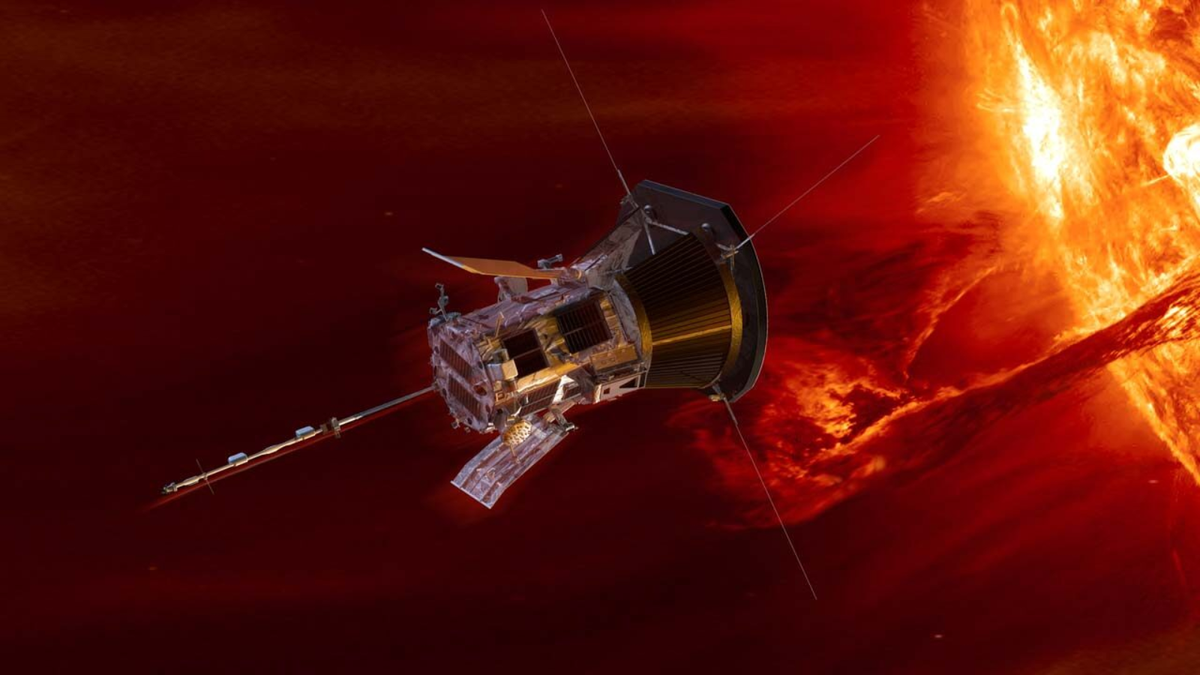
NASA's Parker Solar Probe continues to make groundbreaking discoveries about the Sun, particularly its corona, which has temperatures reaching millions of kelvins, in stark contrast to the cooler photosphere at just a few thousand kelvins [218374e6]. On November 6, 2024, the probe successfully executed a gravity-assist maneuver by passing within 234 miles (376 km) of Venus, further propelling its mission to study solar phenomena [218374e6]. The Parker Solar Probe's closest approach to the Sun was approximately 3.8 million miles (6 million km), and it achieved speeds nearing 435,000 mph (700,000 km/h), making it the fastest human-made object ever [218374e6].
One of the key focuses of the Parker Solar Probe is to understand the role of magnetic fields in heating the corona. Recent findings suggest that switchbacks—sudden reversals in the solar magnetic field—are crucial to understanding solar heating mechanisms [218374e6]. Additionally, the ionization of helium has been identified as a significant factor affecting energy transfer within the corona [218374e6]. The probe is equipped with four instrument suites: FIELDS, WISPR, IS-O-IS, and SWEAP, which collectively gather data essential for predicting solar storms that can impact space weather [218374e6].
These discoveries are vital not only for astrophysics but also for enhancing our understanding of solar activity and its effects on Earth and beyond, as solar storms can disrupt satellite communications and power grids [218374e6].